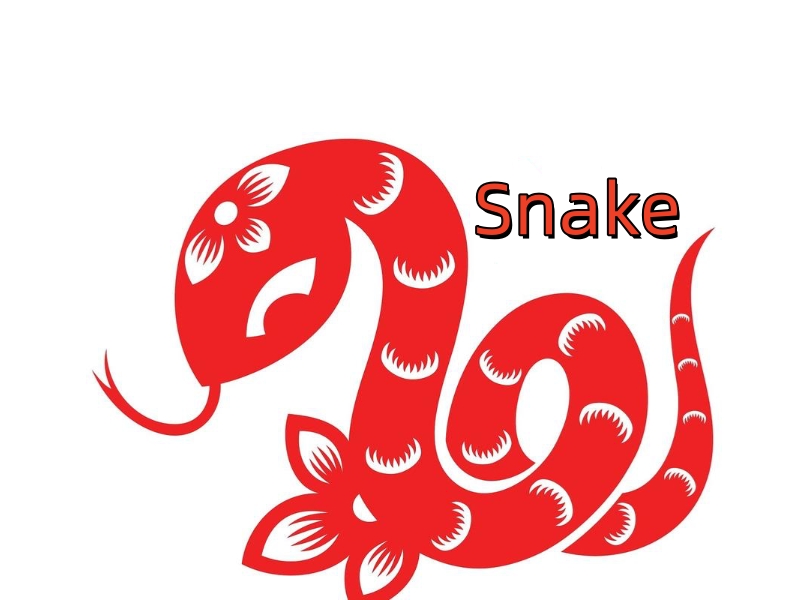Discovering Beijing: A Taste of Local Specialties
When you picture Beijing tour, images of the Great Wall, the Forbidden City, and ancient hutongs often come to mind. But just as iconic as its historic landmarks is Beijing’s culinary heritage—a rich tapestry of flavors shaped by imperial tradition, northern climate, and centuries of cultural fusion.
Whether you’re planning a visit or just curious about the city’s food scene, here’s a guide to the must-try local specialties in Beijing.
1. Peking Duck (北京烤鸭)
Let’s start with the crown jewel of Beijing cuisine. Peking Duck is famous for its crispy skin, tender meat, and elaborate preparation. Traditionally served with thin pancakes, spring onions, cucumber, and sweet bean sauce, it’s a dish that embodies both indulgence and ceremony.
Where to try it: Quanjude and Da Dong are two renowned restaurants that offer slightly different takes—Quanjude is more traditional, while Da Dong leans gourmet.
2. Zhajiangmian (炸酱面)
Often called “Beijing noodles with soybean paste,” this dish is a staple in Beijing households. Thick wheat noodles are topped with a savory, slightly sweet soybean-based meat sauce and paired with crisp julienned vegetables like cucumber, radish, and bean sprouts.
Pro tip: Mix everything thoroughly before eating for the best balance of flavors and textures.
3. Luzhu Huoshao (卤煮火烧)
This is Beijing comfort food at its most authentic. Luzhu Huoshao is a hearty stew made with pork offal (intestines and lungs), tofu, and pieces of bread soaked in a rich, aromatic broth. It’s not for the faint of heart, but locals swear by it—especially in colder months.
Where to try it: Head to a traditional hutong eatery for the most authentic experience.
4. Douzhi (豆汁儿)
Douzhi is a fermented mung bean drink that has a cult following in Beijing. It’s sour, earthy, and often served with crispy fried dough rings (焦圈). Many visitors find the taste challenging at first, but it’s considered a true local delicacy.
Fun fact: Douzhi is considered beneficial for digestion and detoxing.
5. Bao Du (爆肚)
A popular street snack and often seen in Beijing-style hot pot, Bao Du is flash-boiled beef or lamb tripe, served with a dipping sauce of sesame paste, vinegar, garlic, and chili oil. It's chewy, flavorful, and deeply rooted in Hui Muslim culinary traditions in Beijing.
6. Beijing-style Hot Pot (涮羊肉)
Unlike the spicy Sichuan version, Beijing hot pot focuses on thinly sliced lamb cooked in a mild, copper pot of boiling water, often flavored with ginger and scallions. It's paired with sesame-based dipping sauce and a selection of greens and tofu.
Best enjoyed: In winter, with friends and family gathered around the pot.
7. Peking Snacks (北京小吃)
Beijing’s traditional snacks are a cultural experience in themselves. Some must-try treats include:
Aiwowo (艾窝窝) – glutinous rice balls with sweet filling
Tanghulu (糖葫芦) – candied hawthorn on a stick
Lvdagun (驴打滚) – sticky rice rolls filled with red bean paste and dusted with soybean flour
Fuling Jiabing (茯苓夹饼) – a sweet, medicinal pastry made with poria mushroom powder
You can find many of these at local markets or food streets like Wangfujing and Qianmen.
Final Thoughts
Beijing’s local specialties go far beyond food—they’re a window into the city’s soul. From imperial banquets to humble street snacks, each bite tells a story of tradition, resilience, and flavor. So next time you’re in Beijing, skip the fast food and dive into the real culinary treasures that this ancient capital has to offer.
Have you tried any of these dishes? Planning a food tour in Beijing? Share your favorites or ask for recommendations in the comments below!








.png)


